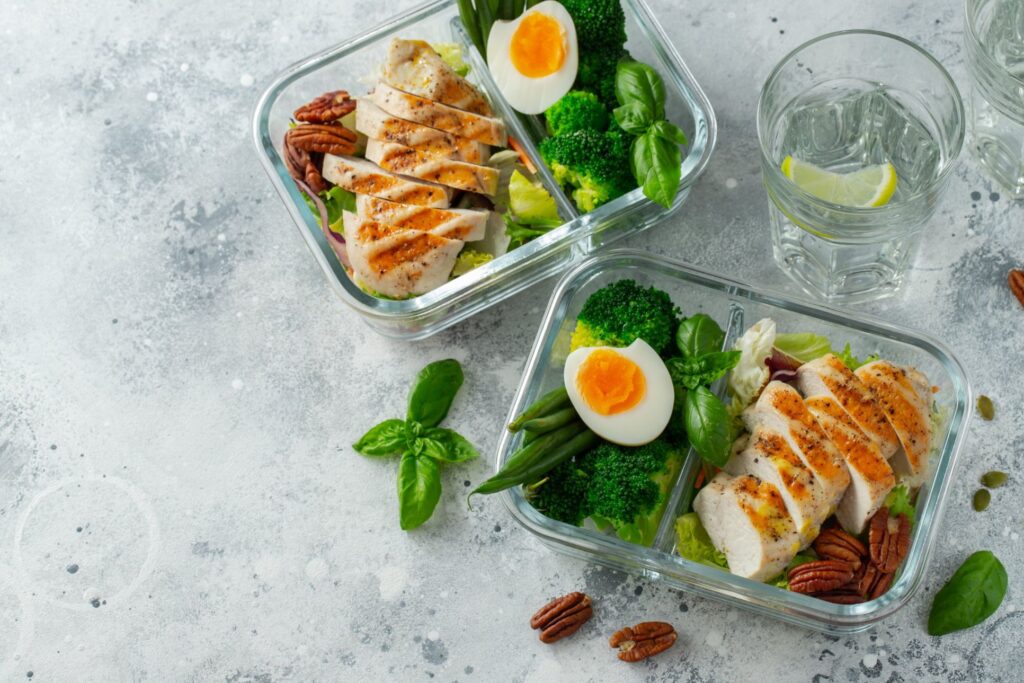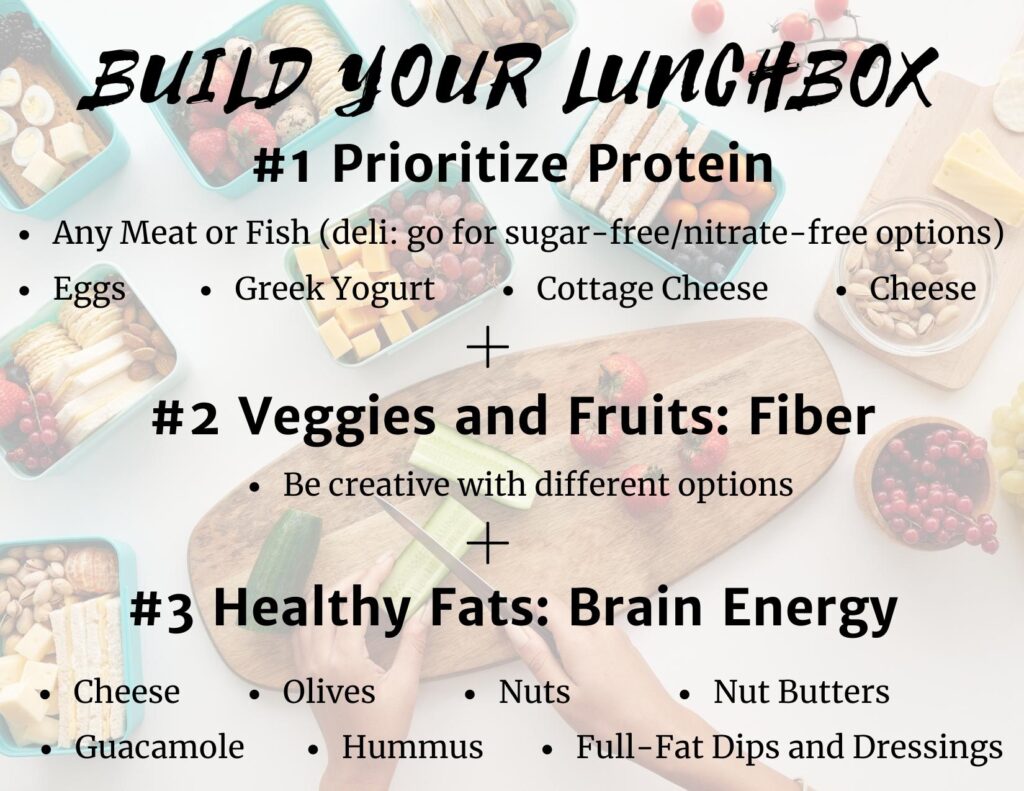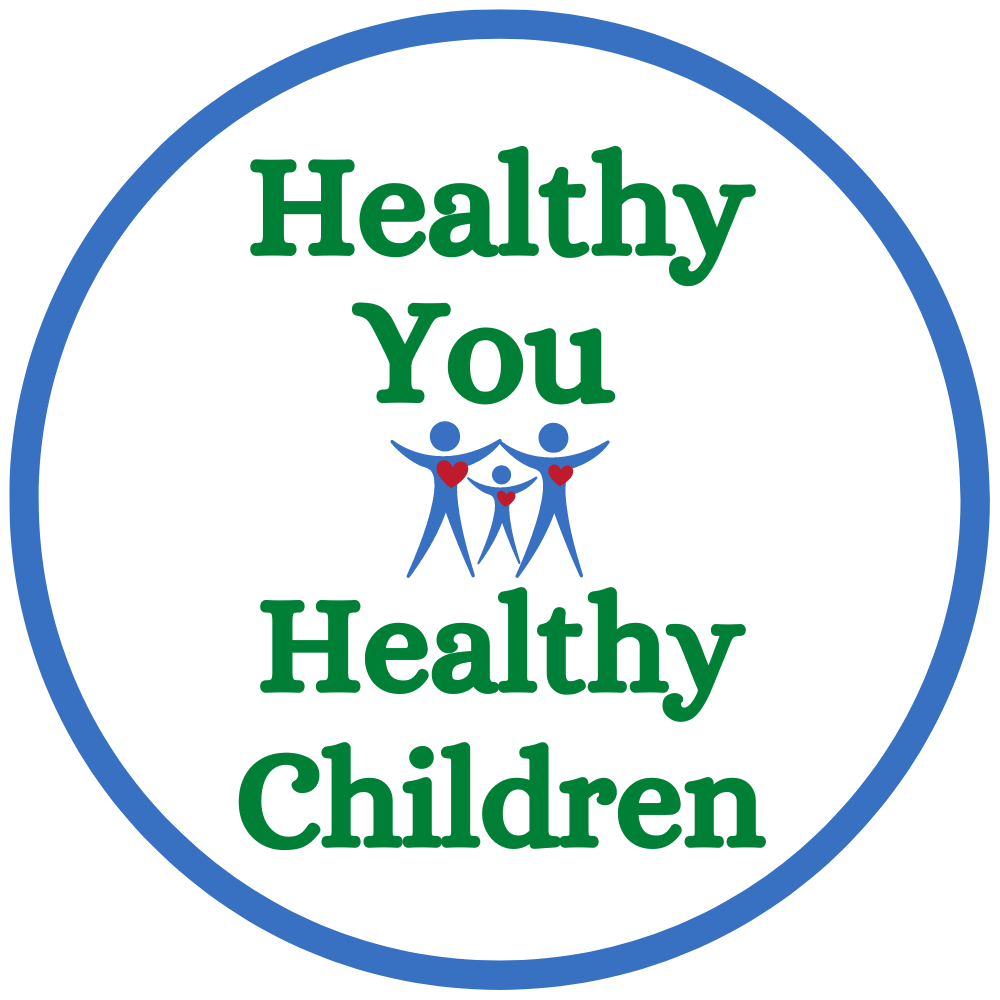During summertime, many families are more flexible with food and drinks at home and eating out. Ice cream, sugary ice drinks, and other treats are sometimes consumed more frequently during this time of the year, but we all know this is not the best for our kids and our health to follow all year.
The school year is here, and we must do our best as parents to offer our kids healthy and nourishing food at home and to take to school. Healthy nutrition is essential to help our kids, all ages included, to grow and develop their best and prevent health conditions.
It is too easy to fall into the trap of the most commercially known brand that offers easy-to-prepare and easy-to-go meals and snacks. Still, these options are mostly:
- calorie-dense processed foods,
- most of them loaded with added sugars,
- containing unhealthy industrial fats and/or refined carbs.
In conclusion: The worst options for kids’ growing bodies and minds!
I get you if you are rolling your eyes at me, thinking I am a crazy lady to add more tasks or concerns to your already busy schedule. I have two school-age boys, and I know how hectic this time of the year is. We have been improving at home but have lots to work on. But, planning your kids’ meals is as important as getting school supplies and scheduling everyone’s activities.
What are the basics YES and NO for home meals and lunch boxes?
Say YES to:
#1 – Whole Foods:
- HIGH-QUALITY PROTEIN: animal protein is the most nutrient-dense (complete) protein, especially beef. Other sources include pork, poultry, fish, eggs, and dairy. Plant-based protein (found in fruits, vegetables, grains, nuts, seeds, and soybean products like tofu, tempeh, and edamame) lack one or more essential amino acids, which is why to call it incomplete. In addition, they are deficient in Vitamin B12, a crucial vitamin for growing bodies. Other vital minerals from plants like Iron, Iodine, Calcium, and Zinc have reduced digestibility and bioavailability (our bodies do not digest and absorb them well to be used). Yet, they have an important place in a healthy diet.
SPECIAL NOTE: If your family follows a vegetarian or plant-based diet with no animal proteins, ask your pediatrician or healthcare provider to help develop a well-formulated diet and supplement it to avoid deficiencies.
- VEGETABLES AND FRUITS: fresh or frozen (the nutrients are kept intact, and they don’t get spoiled as fresh ones).
- HEALTHY FATS: like whole avocado and avocado oil, olive oil, coconut oil, butter, ghee, olives, fatty fish (salmon, herring, sardines), ghee, nuts, nut butter, eggs, and whole dairy products.
SPECIAL NOTE: Consuming natural fats like butter, coconut, and olive oil and cutting back on using highly processed vegetable and seed oils (safflower oil, sunflower oil, soybean oil, cottonseed oil) is the best option for a healthy diet.
#2- Minimally Processed Packaged Food:
- READ LABELS! When buying food, read food labels and choose the ones with few natural ingredients and no added sugars. A good example: roasted nuts or peanut butter – food labels should show no added sugars, and the ingredient list should indicate only nuts and maybe spices or salt. To read more about Food Labels, click HERE.
#3- Water:
- The best option to keep everyone hydrated.
If you want to read more about this topic, click HERE.
Say NO to:
#1- PROCESSED OR ULTRA-PROCESSED FOODS
- As I mentioned before: Reading Food Labels is critical here.
- These foods are calorie-dense and low in nutrients.
- They are addictive.
- Read more important information about this topic HERE.
#2- JUNK OR FAST FOODS
- You already know why. Same as the #1.
#3- REFINED CARBS
- These foods are like sugar for our bodies. These are white flour, white bread, white rice, pastries, pasta, sweets, breakfast cereals, many snacks, and added sugars
#4- FOODS WITH ADDED SUGARS
- Once again, reading labels is critical.
#5- SUGAR-SWEETENED BEVERAGES
- Like fruit juices, sodas, sweetened ice teas, flavored coffee, flavored milk, and sports drinks.
Why do many topics point out sugar? Read about why added sugar and processed foods are bad for us; click HERE.

Some Ideas of What To Do On School Days
#1- Kids of all ages need to start the day with a Good Breakfast:
Morning can be crazy getting kids up from bed and ready to go to school. My best recommendation as a mom and a pediatrician:
- Set a morning routine that gives everyone time to get ready and eat a good breakfast (or at least prepare a to-go one). It may mean going to bed earlier to wake up earlier.
- A healthy breakfast for everyone at home includes PROTEIN + HEALTHY FATS + VEGGIES or FRUITS. Ditch the sugar-loaded cereals and the orange juice; as mentioned before, they are not the best options to start the day strong.
- Some Ideas:
- Greek Yogurt with Berries and nuts/seeds,
- Scrambled eggs or omelette (you can add veggies and some good quality protein in the mix),
- Low-carb muffins or pancakes,
- Egg and Cheese wrap (low-carb tortilla), and
- Egg muffins are some examples.
#2- Plan in advance and have things ready for the week (or the night before):
- Your best friends will be:
- Meal Prepping,
- Batch Cooking, and
- Smart Grocery Shopping.
Having options ready in the pantry and the fridge/freezer will make it easier for everyone. Imaging this scenario:
Kids wake up in the morning, and you have egg muffins or low-carb muffin ready in the fridge that just needs to be heated in the microwave. For the lunchbox, you have prepared homemade mini-meatballs, chopped veggies with ranch dressing/hummus on the side, and fruit with hard-boiled eggs for a snack. Some extras if your kids have a good appetite: roasted nuts or seeds, jerky (beef, turkey, fish, or mushroom), chopped veggies or fruits with nut butter, string cheese, and deviled eggs. It sounds pretty good, right?
Some other cool ideas:
- Anything Wrap (like grilled chicken + grilled veggies + avocado mayo or whole-fat dressing + low-carb tortilla). Use your and your kids’ imagination to build different options.
- Lunch meat & cheese roll-ups (sugar-free and nitrate-free deli-meats).
- Taco bowl in a box (taco seasoned ground beef/turkey + chopped tomatoes or cherry tomatoes + shredded lettuce + shredded cheese + sour cream + anything you like).
- A small portion of some dessert: low-carb cookies, fat bombs, sugar-free chocolate chips (Lily’s is our favorite brand, we buy it at Target: best price), fruits + nut butter, and dark chocolate.
Keep reading for awesome recipe blog links.

#3- Invest in good quality (if possible plastic-free) reusable food containers of different sizes and a good lunchbox:
It will make it easier to send kids to school with different food options and snacks, especially dressings and nut butter.
Amazon has a great variety of containers of different sizes and materials.
The ones we use at home are (Click on the Image if you like to see it on Amazon):




This is our favorite lunchbox. It is durable, easy to carry in my kids’ backpack, and has a practical icepack.

My kids’ favorite water bottle. Stainless steel and with interchangeable caps (we use the stainless steel one):

Are you curious to know why I have mentioned the word low-carb a couple of times?
Well-formulated low-carb nutrition (from a trusted source or a specialized healthcare professional) is based on real food with no sugar or refined carbs. It can be adapted to any food preference (although Vegans may have a rough time with meal prep), is gluten-free, and is family-friendly. For baking, almond and coconut flour are the best options and sugar is substituted by natural sweeteners. It is a lifestyle, and depending on people’s overall health, they can eat more or fewer carbs per day and have things like pasta/bread/cake and so occasionally.
We are a low-carb Family! Yet, my kids get the occasional treats like regular ice cream, donuts, or candy on special occasions. We keep educating them about healthy eating and what are the best options.
For great low-carb/keto recipes, visit the links below. These ladies are phenomenal, and Carolyn Ketchum’s books are a staple in my kitchen (if you’d like to buy any of them, visit my blog post about my favorite cooking books HERE)
https://alldayidreamaboutfood.com
by Carolyn Ketchum (mom of three kids), MY FAVE!!
https://www.sugarfreemom.com
by Brenda Bennett (also a mom of three kids with multiple allergies)
https://www.wholesomeyum.com
by Maya Krampf (mom of two)
“Proper School Nutrition Must Be Complemented By Activities Outside Of The Cafeteria. The Decisions Parents Make To Keep Their Kids Healthy Are Critical In Fighting This Battle On The Home Front.”
Last Words:
I hope you find the information helpful. Healthy and nutritious meals don’t need to be complicated. It takes time at the start of the school year for everyone at home to get into the school day’s routine and rhythm. Especially if you are introducing changes, like in everyone’s diet. Be a good role model, be patient and consistent, and your kids will follow you.
Make this school year a great one!
Disclosure: I participate in the Amazon Service LLC Associate Program, an affiliate advertising program designed to provide a means for me to earn a fee by linking to Amazon.com and affiliate sites. Do not worry; this fee does not affect the price of the product you buy and gives you access to it without the need to navigate Amazon.com to get it. So it’s a win-win situation!






